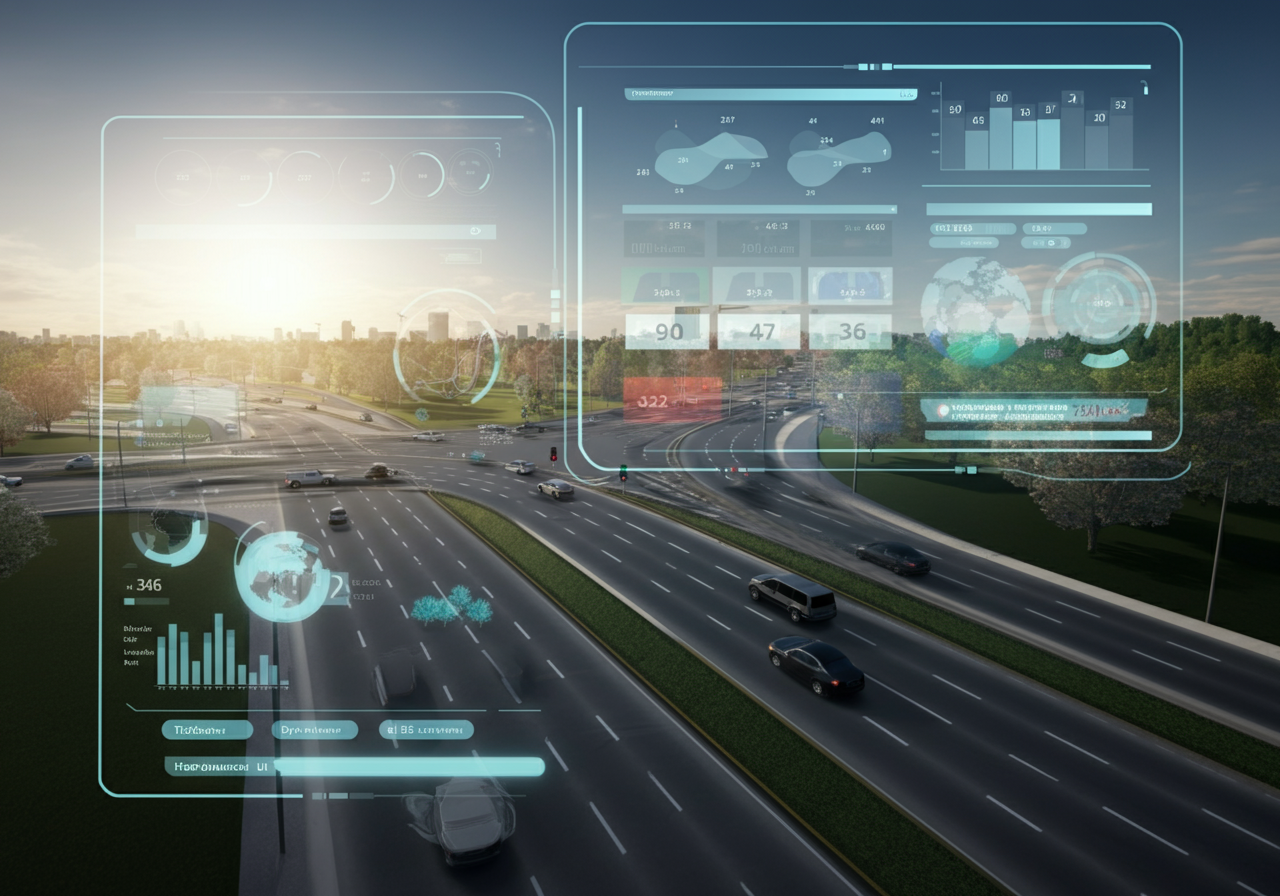The Viettel Traffic Simulation and Prediction System (V-TSP) supports the evaluation of the effectiveness of traffic management and operation plans before actual implementation.
It enables analysis and forecasting of the impacts of organizational and planning policies, while providing comprehensive statistical and simulation tools to accurately assess traffic situations and demand management scenarios.
Email:
Cskhdn@viettel.com.vnCustomer care:
18008000 - branch 8
The system creates a digital replica (model) of the urban traffic network, enabling the analysis and reproduction of traffic operation states.
Core operations rely on specialized simulation tools such as VISSIM and VISUM.
Includes the ability to simulate traffic scenarios without real-time data connectivity, using input data for analysis and forecasting.
Capable of building a Digital Twin connected to field devices for simulating real-world traffic conditions.
Simulates the movement of multiple types of vehicles (cars, motorcycles, buses, bicycles) and pedestrians within the same model.
Allows adjustment of terrain features, driver behavior, and system parameters to suit specific traffic analysis scenarios.
Evaluates traffic indicators such as volume, speed, density, and congestion levels at intersections or across the entire network.
Supports traffic demand surveys, forecasts, and vehicle flow assignment across the road network.
Allows for testing, analyzing, and assessing the effectiveness of signal control plans and traffic management strategies before implementation.
Uses simulation models to evaluate planning options and infrastructure development strategies.
Through digital twins, enables the evaluation of traffic organization and control solutions compatible with actual conditions.
Efficiently works with and exchanges data across various software and systems through multi-format data input and output.
Allows for evaluation of solutions in a virtual environment before real-world deployment, helping to minimize risks and investment costs.
Enables authorities to select the most efficient traffic management strategies to reduce congestion and enhance safety.
Provides a scientific foundation and reliable data for the development of transportation infrastructure plans and strategies.
Offers detailed analysis and forecasting to enhance the effectiveness and rationality of management decisions.
Allows for evaluating the impact of plans not only on traffic flow but also on environmental and other key indicators.
Serves as a powerful tool for simulation and learning in research institutes and universities.